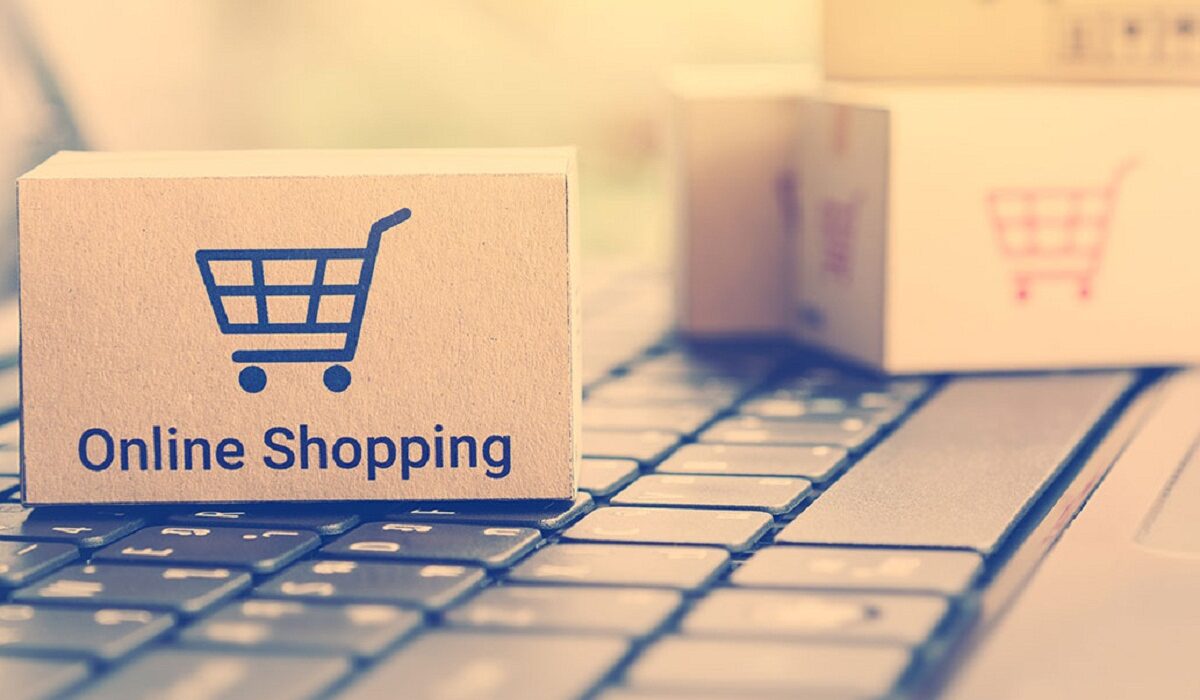E-commerce may cross modern retail by 2030: Deloitte

New Delhi: Online retailing in the country may cross the levels of organized retail by 2030 as more Indians make their shopping decisions online, a new report said, though traditional retailing will remain dominant.
According to Deloitte’s Future of Retail report, modern retail, comprising malls and supermarkets, may more than double to $230 billion by 2030, while online retail grows 2.5 times to reach $325 billion. In 2022, online retail was $70 billion.
During the same period, overall physical retail—including both organized retail and traditional mom-and-pop stores—will nearly double to $1.6 trillion. Of this, traditional retail will take the lion’s share of $1.3 billion, up from $750 billion in 2022.
“We expect e-commerce to continue its exponential growth and surpass organized retail in scale and size. Additionally, emerging channels such as social commerce, quick commerce, and D2C will reshape how millennials and Gen Z will shop in the future. Investment in specialized vertical e-commerce is also expected to grow in the near future,” Deloitte said in its report.
Within e-commerce, quick commerce and social commerce are expected to leapfrog, with quick commerce becoming a $40 billion market by 2030, up from the current $2 billion. Social commerce in India is set to touch $55 billion, up from $5 billion in 2022.
Consumption will hinge on growing incomes, and demographic changes will enable faster retail growth. In fact, 65% of India’s population remains in the key consuming cohort of 15-59 years until 2030. Rising income levels will add 110 million households to the Indian middle class, it said.
Currently, India is among the world’s top five retail markets and is expected to be the third-biggest by 2030, trailing behind only China and the US.
Meanwhile, food and grocery retail, currently 65% of the total retail market, is projected to double by 2030. Categories such as apparel and footwear and gems and jewelry are also expected to grow at a fast clip, though on a small base.
“The food and grocery segment holds the largest share in the sector. Its growth is driven by the increasing consumption of processed foods, including savory items, sweets, and snacks”, it added.
The sector also benefits from rising dairy consumption and premiumization trends, with a shift from unbranded to branded and value-added variants,” it added. Within apparel and footwear, growth is driven by athleisure and activewear, with growing health awareness and preference for comfort.
Notably, consumers in its tier-2 and 3 cities are fuelling the next phase of growth in India’s retail sector, prompting retailers to expand their presence beyond tier-1 cities. The rapid growth of e-commerce in smaller cities is also reshaping the retail landscape. In 2022, these cities accounted for over 60% of orders.







